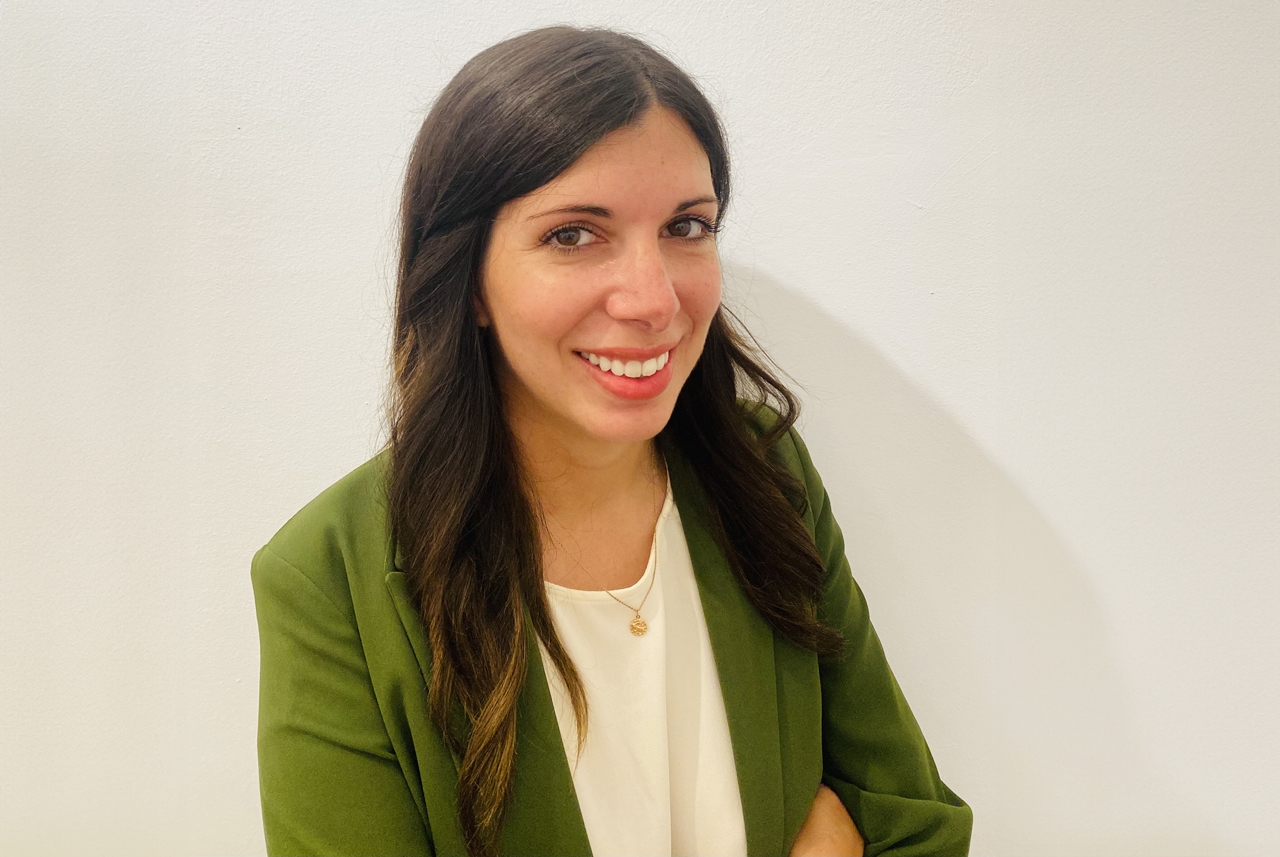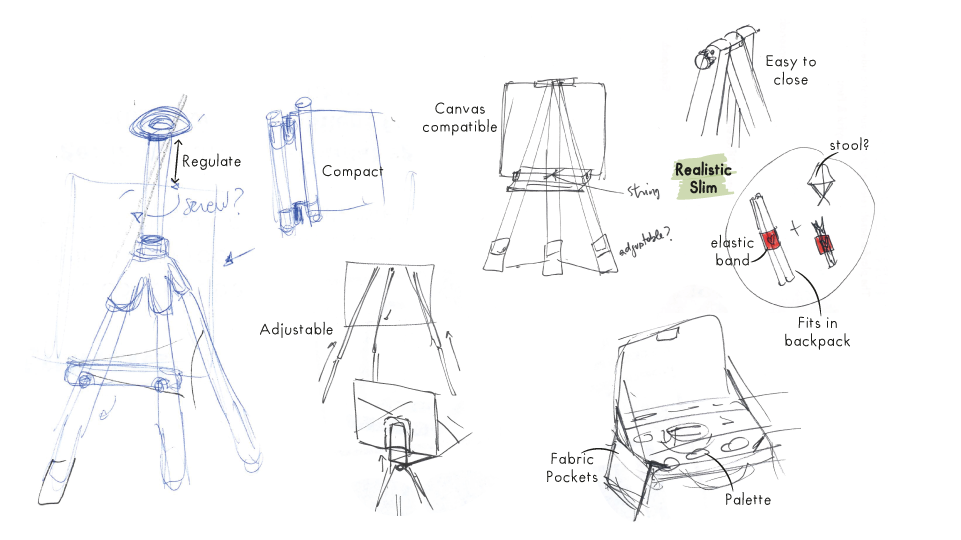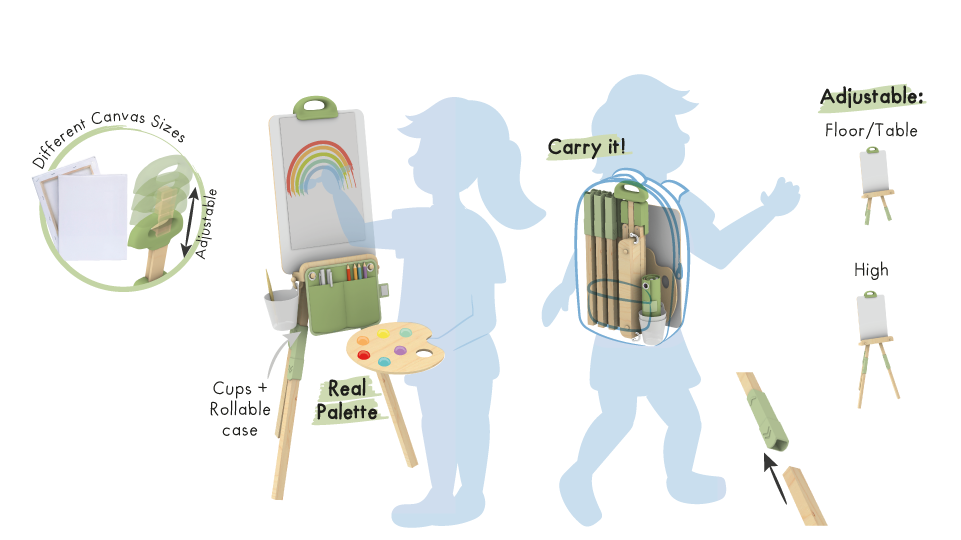25 March 2024
5 min.
In this edition of Behind the Design, we chatted to the talented Hape Design Team in Italy to ask a few questions about the marvel that is the Portable Easel...

S: Thank you for the questions! In one sentence I would say that the core of the concept was to give children the opportunity to create their own art space that fit their size and needs, wherever they wanted it to be.
S: The biggest challenge was designing a functional easel that even a child could carry and assemble. It had to be lightweight and compact enough to fit into a backpack whilst having simple assembly instructions. We were also looking to create a product that could “grow” with the child and be versatile, therefore adjustable in height and ready to use, complete with tools to start creating.
We wanted children to effortlessly transport their creativity, setting up their art studio anywhere – from a field to grandma’s house or a friend’s place!

S: Bamboo is a material that has always fascinated us designers at Hape, both for its physical properties—it is very durable—and for its sustainability. In fact, it is the fastest-growing plant on Earth, and once harvested, it regrows all on its own. For a designer, what could be more fulfilling than ensuring the toys they create are made from sustainable materials?
From a functional perspective, the fact that the easel is adjustable in height according to the child’s growth and that the board can also be used alone, makes it very versatile and therefore long-lasting.
S: When we design a product, we always try to empathise with those who will use it, this is where play tests can help us in making decisions. It’s why we wanted the easel to “grow” and adapt to children, to their need of moving around with their studio. It’s also why we chose a big, chunky handle for carrying and a simple system to adjust its height and disassembly. All of this, of course, is safe for little fingers, with the soft, rounded corners whilst being stable enough for outdoor play and even the most “energetic” artists.

S: The adjustable height has been one of the key points of the product: many easels have this function, but they usually are very complex to set up – with many screws and joints. So, we tried to simplify this feature as much as possible, aiming to provide versatility to the product both in terms of child’s growth and the situations in which it can be used.
This way, you can have a standing easel, or one to lean on the table, you can adjust the height of the tray and the attachment of the board/canvas.
Thinking about how drawing is an activity that is often improvised to entertain children during trips or in other situations, we made the whiteboard as light as possible, so that it can be detached and taken anywhere!
S: We tried to imagine the creative moment: what could be useful at hand? How could children set up their artistic space independently? We were inspired by the easels of real plein-air artists and decided to make them child-sized. Play tests were also fundamental to fine-tuning them.
Here, with a simple hook and a tray, you can have the water glass at hand, you can rest your brushes, hang the pencil case open to choose your colours with care, or close it and take it with you.
After chatting with the Hape Design Team, we asked Chris, the Manager of Outdoor Toys, for his opinion on the toy:
C: In line with the company’s concept of sustainable development and the idea of learning through art, it’s clear that the team designed this portable bamboo easel to not only allow children to get close to environmentally friendly materials, but to also actually be able to take it out and get close to nature. A key testament to Hape’s commitment to learning through play.
And there you have it, designed with the child’s artistic journey in mind, the Hape Portable Easel stands out for its portability, adjustable features, and environmentally friendly bamboo material. The team’s commitment to overcoming challenges related to functionality and safety, while ensuring the easel’s adaptability to a child’s growth and creative needs, reflects a deep understanding of both the art of design and the importance of nurturing young imaginations.